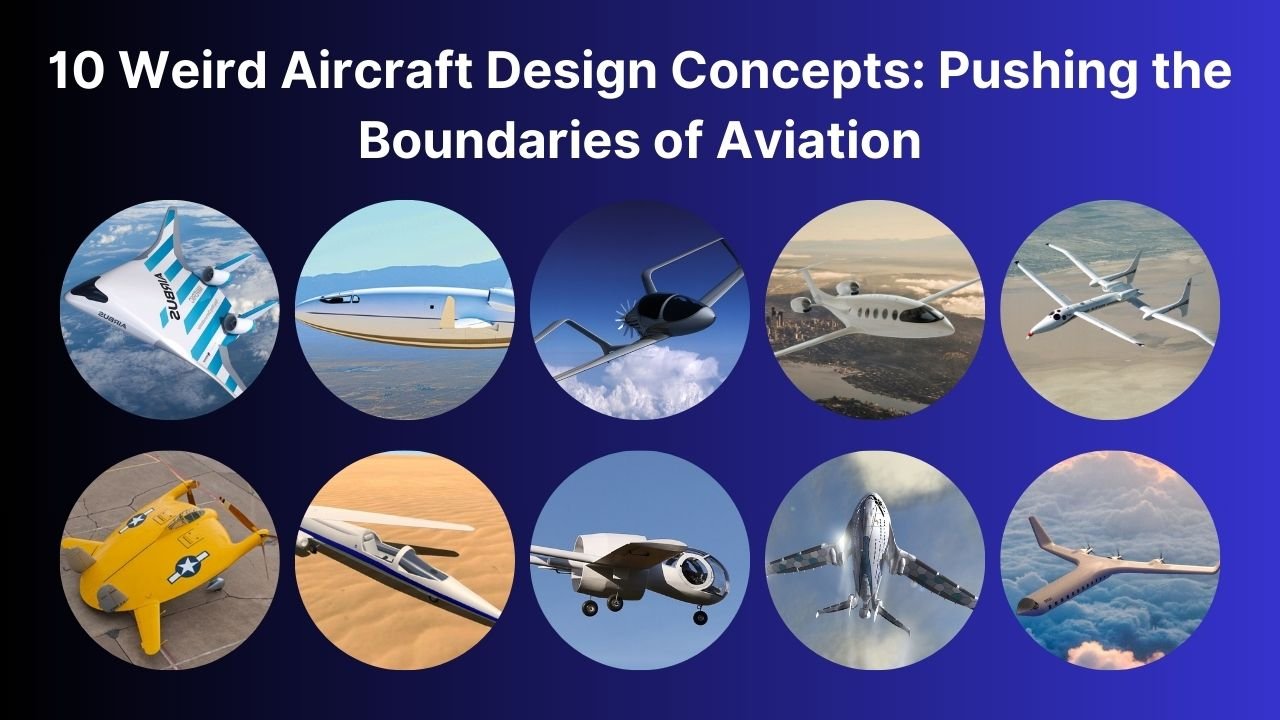Visualise if the airplanes look weird and different. What we have become accustomed to. That’s what we are talking about when we say “10 Weird Aircraft Design Concepts.” These are like the creative and unusual ideas that people have to build airplanes. Rather than the usual designs we see in the sky, these concepts are a bit out of the ordinary. So, get ready to discover some cool and quirky airplane ideas that might surprise you!
With the rapid development of efficient technologies, a wide range of different aircraft designs are used today, from superfast gas-powered aircraft to energy-efficient green-powered gliders. Let’s take a look at the design concepts.
Table of Contents
10 Weird Aircraft Design Concepts
10: Airbus MAVERIC Aircraft
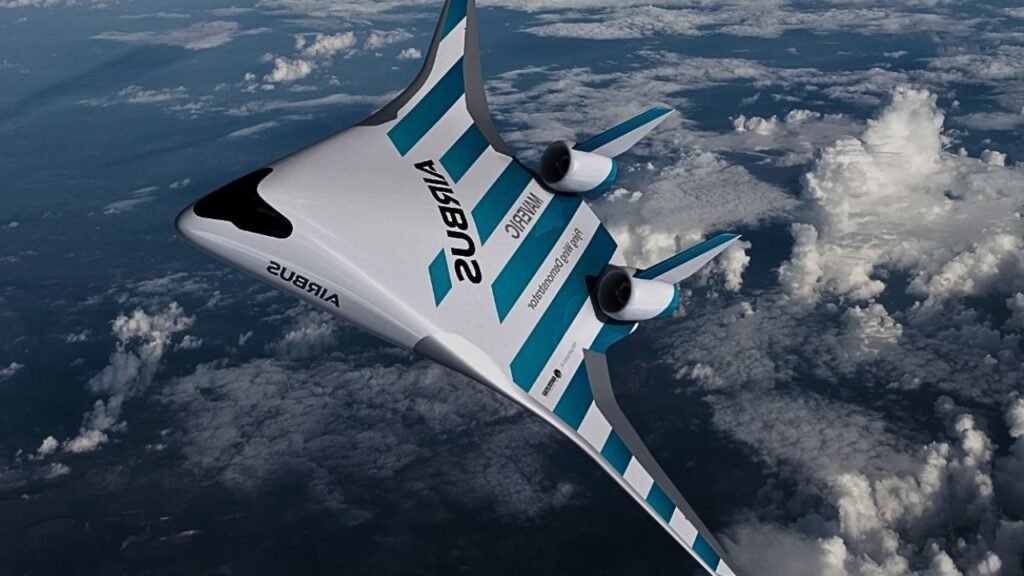
Airbus is one of the leading aircraft manufacturers in the world and commits vast resources to the development of new designs that will keep them in that position for years to come. One of the company’s latest concept designs is called the Maverick, and it completely revisits the basic design principles of what an aircraft should look like.
In particular, it uses what’s known as a blended wing body, which means that instead of having wings that are attached to the fuselage, the two are built as one piece. According to Airbus, this makes the craft far more aerodynamic and efficient. Using a design like this will reduce fuel consumption by up to 20 percent while still offering the same speeds as comparably sized craft and giving a much more gentle ride, particularly in turbulent skies.
So far, only a six-foot-long prototype has been built, but its 10-foot wide wingspan indicates the proportions involved. Further development is needed, as are several technological advances, before a full-scale version can be made. But Airbus seems convinced that the core design of the Maverick will become part of all passenger jets in the future.
09: Otto Celera 500L Aircraft
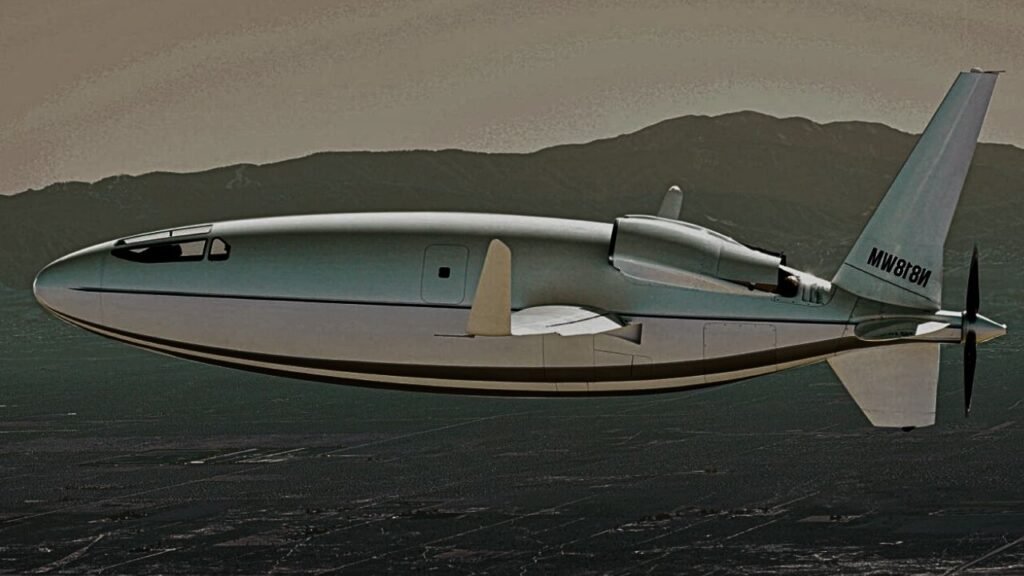
Virtually every plane you’ve seen with a propeller will have the rotor blade mounted on the front, but there’s no particular reason why this has to be the case. Auto Aviation, which is an American startup company, has returned to the drawing board for what they feel will be the business and light aircraft of the future and has created the Solera 500L. They plan to offer cabin space for up to six passengers, have a range of 5200 miles, and a cruising speed of 460 miles per hour.
It uses a series of design techniques to make it more cost-effective to fly, despite being powered by a diesel piston engine. Described as being a mid-wing monoplane with a five-blade propeller in a pusher configuration, it reportedly costs just $328 per hour to operate, which is around a third of any similarly sized competitor on the market.
It will have a 35-foot-long fuselage and a wingspan of 55 feet. The position of the propeller will, in theory, make for a much quieter experience in the cabin. The company hopes that after a series of successful test flights, the first consumer version will be available by 2025 at an estimated price tag of around five million dollars.
08: Synergy Aircraft Synergy
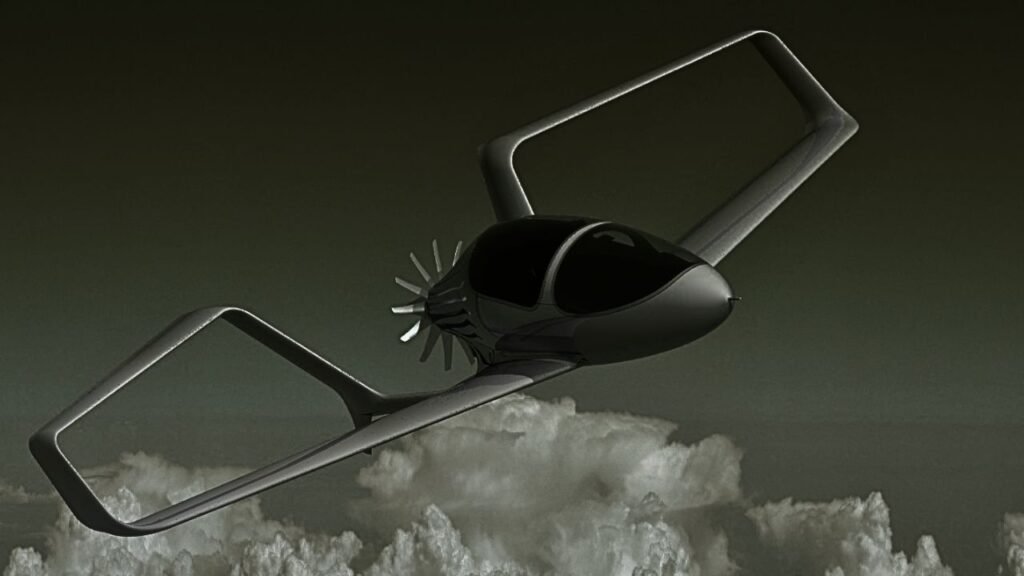
Designed by John McGinnis, the owner of Synergy Aircraft in Kalispell, Montana, Synergy is a revolutionary new aircraft design concept that’s hoped to one day enter production as a kit aircraft that can be built at home. Measuring 21 feet long and with a wingspan of 32 feet, it can be flown by one person and has space in the main cabin for four passengers.
The usual design of the wings, which is called a double box tail, has been created in this way to reduce drag and make the aircraft stall-resistant. In theory, this should make it far easier to fly, although a full pilot’s license will still be required to get behind the controls.
Despite being in development since 2010, a working full-scale version is yet to be built, and only a one-quarter-sized fully electric remote-controlled model has taken to the sky. The full version will, however, be powered by a V4 engine, with the company remaining open to fully redesigning the power systems if a suitable green energy alternative is available by the time it goes into production.
07: Alice Commuter
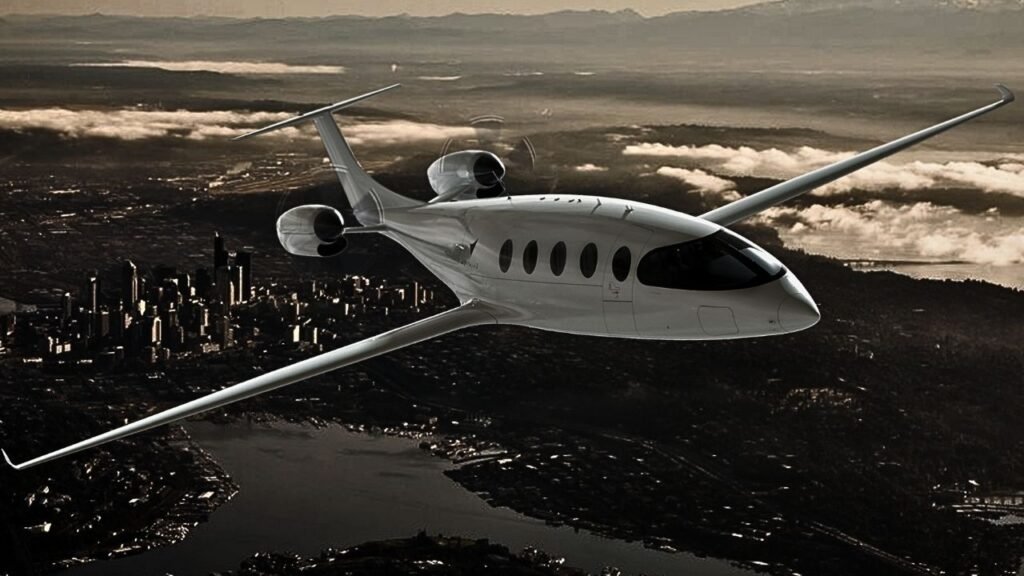
The vast majority of aircraft emissions come from those that travel long distances, but there’s still a large market for private short-distance flights that could benefit from being greener. As these are usually much smaller jets, they’re arguably the best ones to prove low-emission flights are commercially viable before the technology is adapted for larger designs.
An Israeli company called Aviation has come up with a novel design known as the Alice. It’s an all-electric jet that’s powered by two motors. Built from 95 composite materials to ensure it’s lightweight, it has room for nine passengers and two crew members. There are two versions of the design: an unpressurized model intended for use as an air taxi, which stores its energy in a lithium-ion battery similar to the ones used in electric cars, and a longer-range pressurized version that utilizes an aluminum-air battery. This battery can be replaced as future battery advances become even more effective.
The commuter version is expected to have a range of up to 745 miles on a single charge at speeds of up to 300 miles per hour. According to recent flight statistics, this would be more than enough for 55% of worldwide airline flights. A bonus of this design is that it’s much cheaper to operate the aircraft, with estimates suggesting it will be around two hundred dollars per hour, compared to the six hundred to one thousand dollars per hour of similarly sized fuel-powered aircraft. This means it could well make private air travel more accessible for everyone.
06: Scaled Composites Model 281 Proteus
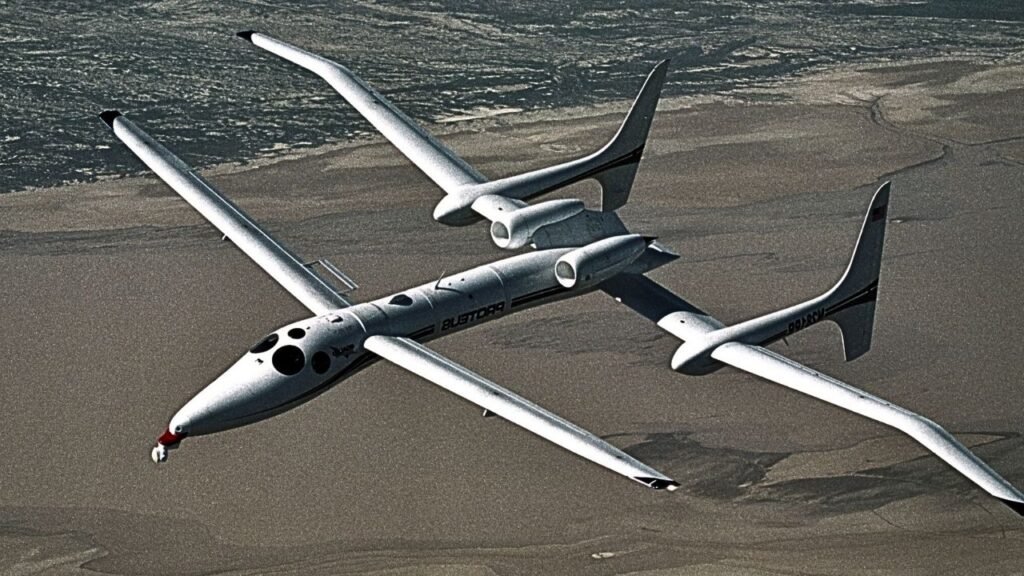
Built by Scaled Composites in the late 1990s, Model 281 Proteus is an experimental tandem-wing high-altitude plane designed to help investigate the possibility of using aircraft as high-altitude telecommunications relays. Two pilots can operate the plane, but it’s also possible to control it remotely.
It’s 56 feet long and has a wingspan of 77 feet, powered by two Williams turbofans, with a cruising speed of 219 miles per hour. The aircraft is designed to operate at an altitude of up to 61,000 feet for up to 19 hours at a time. This is made possible by the double set of wings, which increase its stability, and the fuselage is designed to host various experiments or communications arrays that can be mounted on it.
Despite only one of these ever being built, the Model 281 remains in active use and is marketed by Northrop Grumman as a multi-use research platform. Its uses range from its original intent as a communication system to perfecting new UAV systems, radar technologies, and high-altitude rocket testing.
05: Vought V-173 Airplane
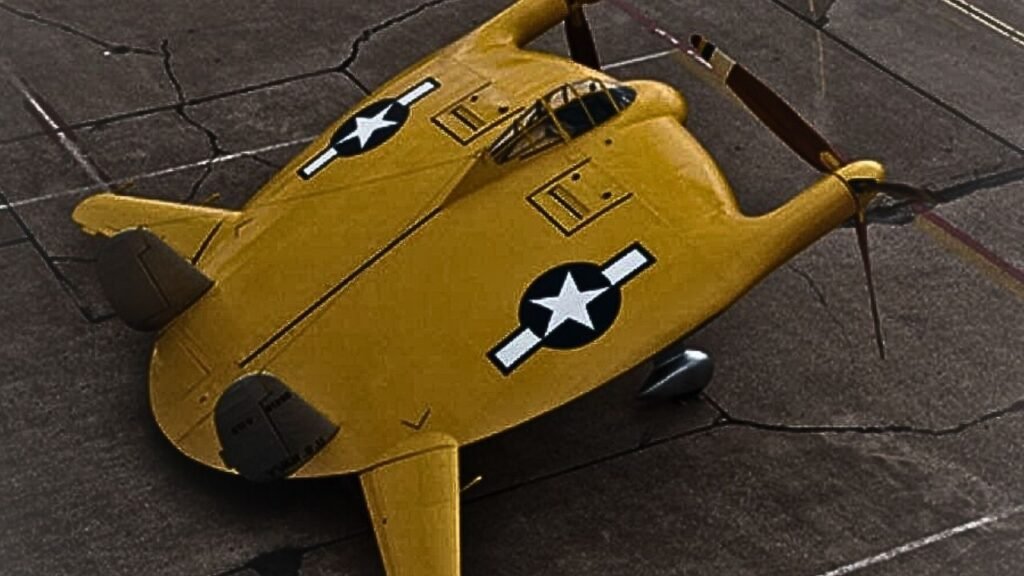
The Vought V-173 has gone down in history as one of the most unusual aircraft ever built, mainly due to its unique shape; it was more commonly known as the “flying pancake.” Developed during the Second World War in an attempt to create a stable and nimble aircraft, the designers opted for an all-wing design. The almost flat, disc-shaped body of the aircraft generates lift across its entire underside and also hides the engines and pistons that drive the propellers on the front edge.
This arrangement required long propeller shafts, which meant that the gearbox had to be far more complicated than in other aircraft. This ultimately became the flying pancake’s downfall. Despite being easy to handle even at low speeds, their gearbox produced vibrations that were intolerable for pilots to endure for long periods.
Add this to the way the V-173’s shape acted as an air brake when trying to chase or line up to attack other aircraft, and it soon became clear that there was no future for the design. Only one was ever built, and it’s now on display at the Frontiers of Flight Museum in Dallas, Texas.
04: NASA AD-1 Airplane
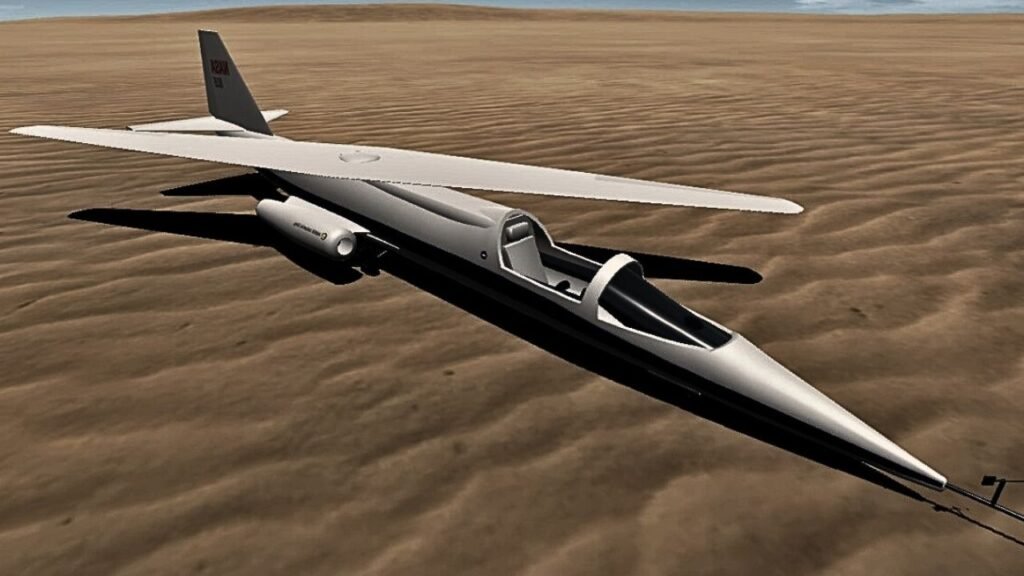
Despite predominantly being an agency dedicated to exploring space, NASA has been involved in the development of a surprising number of aircraft, and perhaps the most groundbreaking and unusual was the AD1. At first, this may look like a traditionally designed sleek aircraft, but it has a feature that very few others have: it has an oblique movable wing.
This type of design has been theorized to be able to increase handling and maneuverability at varying air speeds, and also to increase speed and reduce fuel consumption. The AD1 project was commissioned to collect real-world data. The wing was able to pivot from between zero and 60 degrees during flight, and the plastic and fiberglass test aircraft measured about 38 feet long with a normally oriented wingspan of 32 feet.
The test vehicle, however, wasn’t able to achieve the high speeds that this design of the wing was supposed to excel in and instead showed that there were serious flaws with the concepts at lower speeds. Seventy-nine flights were conducted with the fixed wing at various angles for each, but following this, the decision was made to stop any future evaluation of the idea. The single AD-1 that was built was retired and can now be seen at the Hiller Aviation Museum in San Carlos, California.
03: Edgeley Optical Airplane
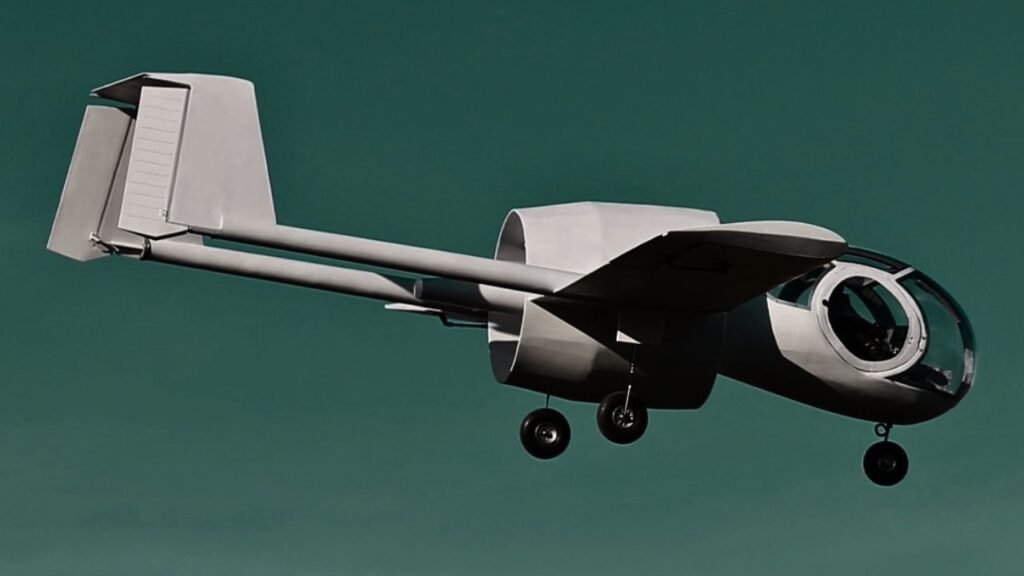
The result of a project that began in 1974, the Edgeley Optica is possibly one of the strangest aircraft you’ll see flying the skies today. It’s 26 feet long and has a wingspan of 39 feet. With its air-cooled flat-6 engine, it’s able to fly at speeds of up to 132 miles per hour.
The thing that stands out the most is its unusual design, however, which has a fully glazed forward cabin that’s attached by a small strut to the main body of the aircraft. This offers a 270-degree field of view and almost vertically downward vision for those on board. The use of a fixed-pitch ducted fan in the design, as well as the high-mounted tailplane and unswept, untapered wings, means that the Optica is virtually silent in flight and is highly maneuverable even at slow speeds.
This makes it perfect for use as a low-speed observation craft and a much cheaper alternative to using a helicopter, often used before the advent of drones for aerial photography. Twenty-two of these were made, 11 of which are still believed to be in operation.
02: Progress Eagle Airplane
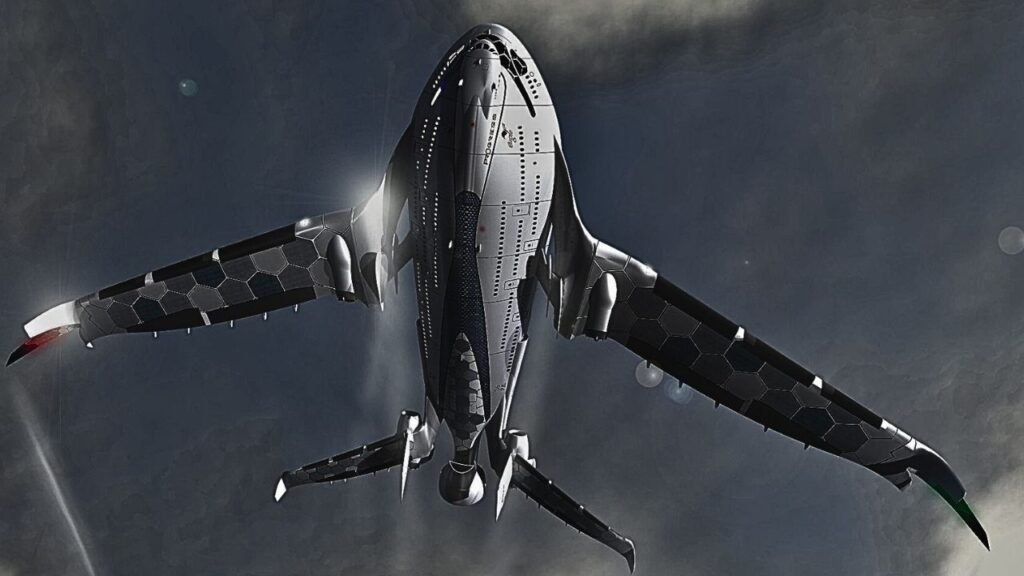
Build as the plane of tomorrow, the incredible-looking Progress Eagle may be a dream right now, but its designers believe it could become a reality by 2030. Instead of being powered by fossil fuels, it’ll use six hydrogen engines to allow it to take off. Additionally, it would have a rear engine that would operate as a wind turbine, along with solar panels across its upper surface to provide energy for most on board.
While most designs that attempt to be carbon-neutral are smaller than a Boeing 747, for example, Progress Eagle has gone in the opposite direction. With three levels, it could carry as many as 800 passengers, which is 275 more than the largest passenger jets today.
The designer says this opens up the potential for a whole new passenger class at the front, with further space on board for shops, restaurants, and entertainment. Concerns about the slower speed of the Progress Eagle would be countered by the fact that it’s far more comfortable and would, in many ways, feel like spending time at a luxury resort.
Currently, only 40% of the technology needed to build it actually exists. Advances in solar cells, nanowires, and several other devices that are currently in the theoretical stage would be needed before the Progress Eagle even gets close to becoming a reality.
01: Hero Zero Emission Airplane
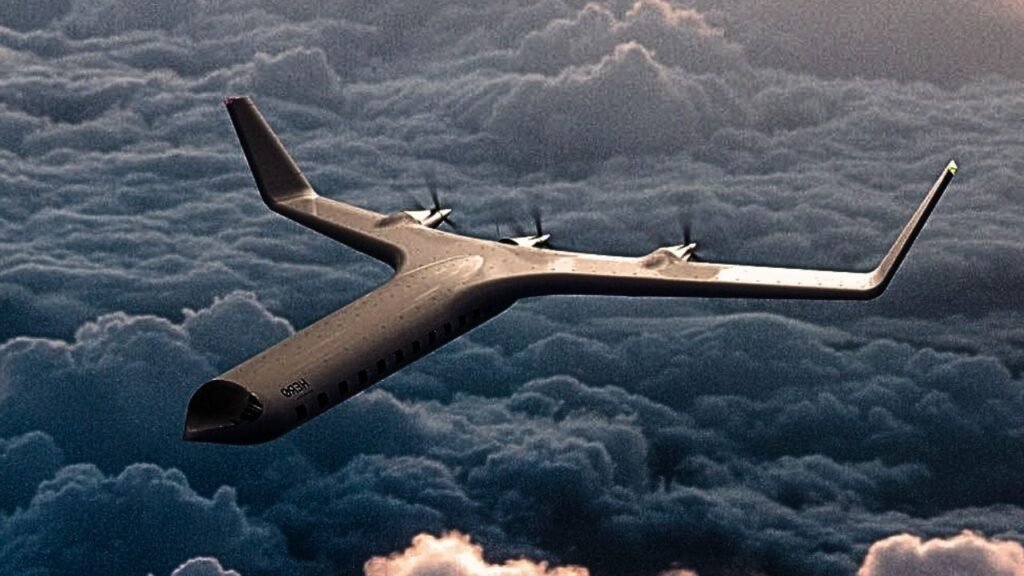
Created by a New York-based designer, could the Hero Zero be the most accurate prediction of what planes of the future will look like? While it’s at a concept stage right now, it uses realistically attainable technologies and design principles that mean something like it could well be built within the next five or ten years.
It prioritizes efficiency and sustainability, using electric-powered propellers on the rear of the plane and enlarged sweeping wings with upturned winglets to provide enough lift. The designer admits that the use of propellers will mean the aircraft is about 20% slower than jet engine alternatives.
That’s surely a sacrifice worth making to eliminate emissions, in a similar way to how it necessitated new ideas in terms of car design. The presence of heavy batteries on a plane is why the wings have been positioned like they have—with the batteries being built into the aircraft near the propellers. The majority of the weight will be in the back, so the engines are needed there to accommodate this.
As things stand, battery technology should allow an aircraft like this to operate across short and perhaps even medium-haul distances, which accounts for the vast majority of flights that take place. If the Hero Zero proves to be successful, and with the development of higher capacity and lighter batteries, this still has the potential to be one of the solutions that the aviation industry is looking for to clean up their act while still facilitating travel around the world.

